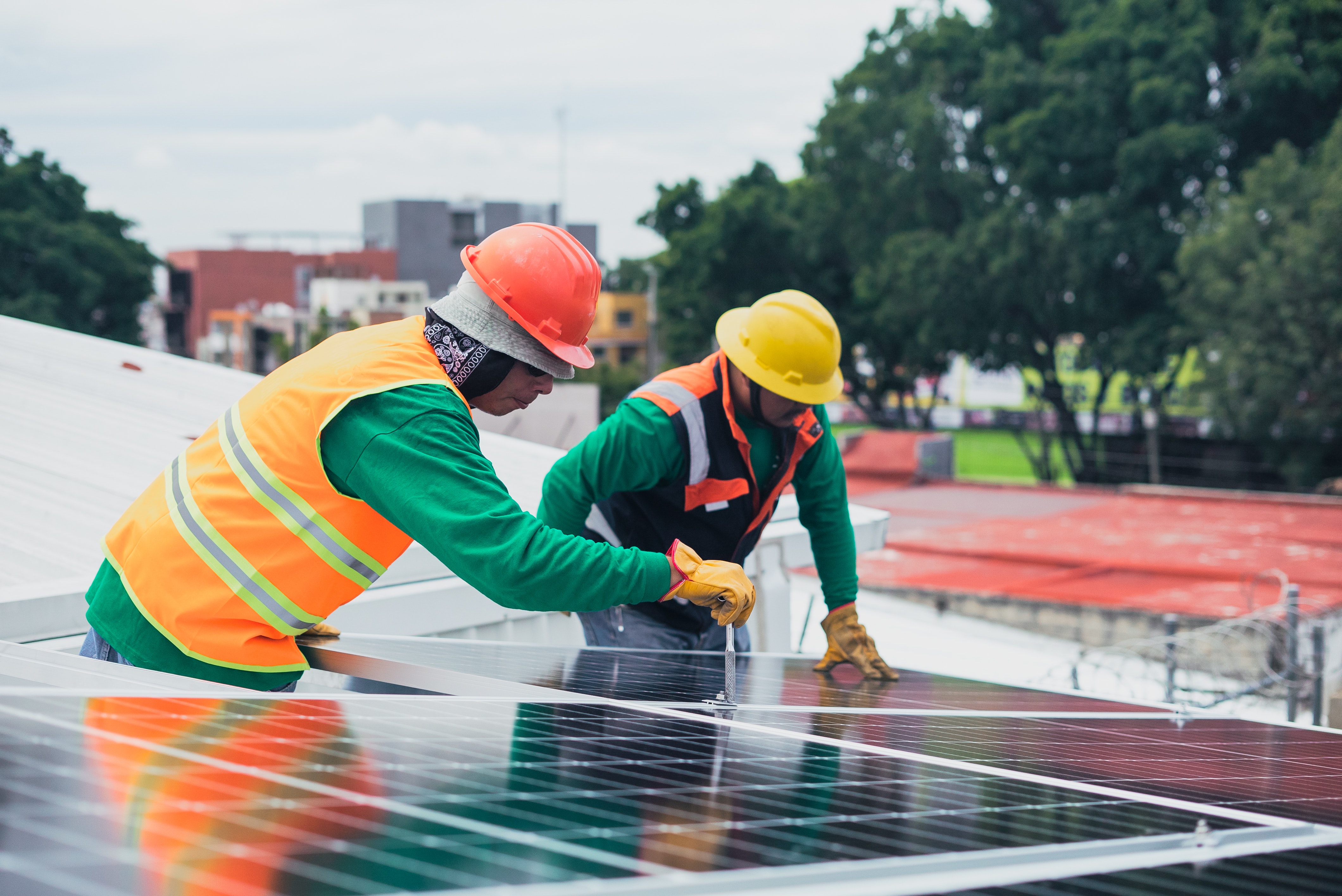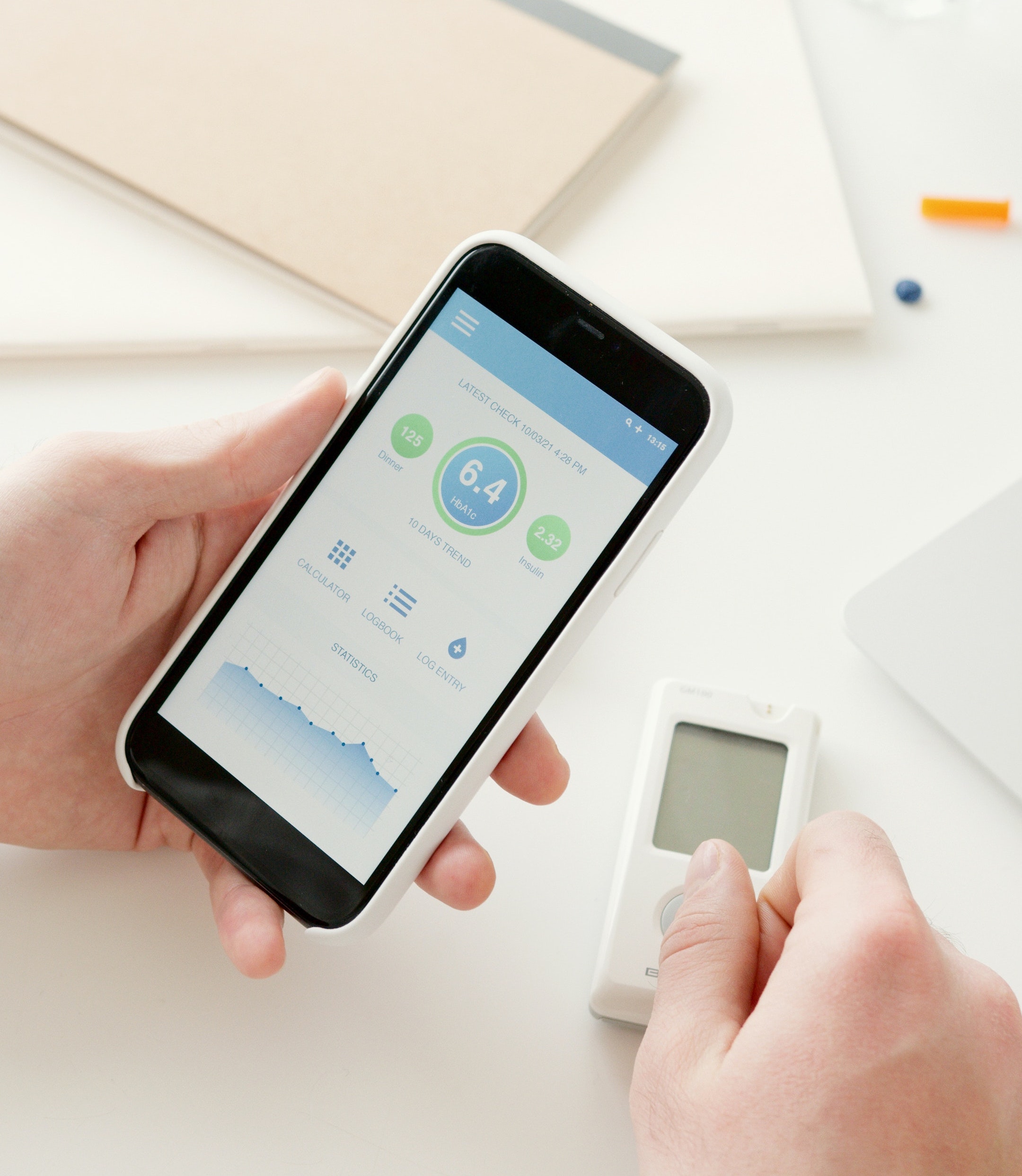What is a solar monitoring system?
2022/06/23

Due to ever-increasing energy demand and ever-decreasing conventional energy resources, many consumers are switching to solar energy. Solar energy has proven to be a prominent and reliable energy solution, delivering a series of economic benefits for more than 25 years. The output of solar panels depends on parameters such as voltage, current and environmental conditions.
When installing a solar power system, it is necessary to be able to determine how well it is operating. The best way to achieve this is through solar monitoring. Solar monitoring systems help to assess the performance of a photovoltaic system. It provides data on energy consumption and generation, optimisation of energy use and damage to the solar system. It is important to monitor the solar setup in some way. Without monitoring, it is difficult to know whether the solar panels are operating at the level they should be.
Solar monitoring systems are a combination of hardware and software. It is an online platform for real-time monitoring of solar systems using sensors, data loggers and other components. The analysed data is transferred to a mobile application using the internet of things (IoT) for predictive maintenance in case of failures and to determine the causes. The real-time monitoring data can also be compared and analysed using historical data and trends to draw conclusions.
What do solar monitoring systems track?
Not all PV monitoring systems offer the same features. Depending on the monitoring system selected, it may be possible to track
Solar energy production
Solar energy consumption
Advanced system monitoring (e.g. circuit level, panel level, cost tracking)
Typically, this information can be accessed via internet portals or smartphone applications. Data is updated every few seconds.
Solar energy generation monitoring
The power generation monitoring function of a photovoltaic system displays the amount of electricity the solar panels are generating in kWh. It also records the total amount of electricity produced, so you can check past performance and compare it with previous measurements to determine if there are any fluctuations from one period to another. All inverters will have built-in production monitoring.Monitoring of solar power consumption.
Consumption monitoring allows you to see what happens to your energy after you have generated solar power. By recording your daily consumption and adjusting your consumption habits, you can make better use of your solar energy and reduce costs.
Some inverters have (very) basic consumption monitoring capabilities, but many do not. The most common way to access more detailed consumption data is to purchase an additional 'smart meter' or advanced monitoring system integrated with the inverter.
Advanced system monitoring
Advanced third-party monitoring systems and applications use smart algorithms to interpret and deliver consumption and performance data in a practical and actionable way.When considering which monitoring system to implement, there are multiple options, which can be divided into two main types. System Level Monitoring (SLM) and Panel Level Monitoring (PLM).
These monitoring systems can help you extract more value from your solar system and give you a more complete picture of your home's energy profile. Below are some of the advanced features and systems available.
Circuit-level monitoring Circuit-level monitoring allows you to see how much power individual devices are consuming from the system. If the power generated by the panel is being consumed unexpectedly, it can help determine whether this is legitimate or a sign of a system problem.
Panel-level monitoring (PLM). PLM, also known as module-level monitoring, is directly related to module-level power electronics (MLPE) solutions in the photovoltaic industry, including microinverters and power optimisers.
PLM displays values and data for individual panels in an array. This is a huge advantage, as it shows how much power each panel is generating, allowing the user to quickly detect if there is a problem with individual components on the panel, what their orientation is, etc., and determine if the problem is due to shade or something else entirely.
Performance and fault alerts Unlike data from inverters, third-party monitoring systems can detect when the output of a solar system is low or zero and alert you via email in a timely manner.
Solar monitoring systems are thus necessary and important for solar installers.
« Microsoft unveils new website building platform - less reliance on ... | Case Study: Small Scale IoT – Monitoring Temperature & Humidity »